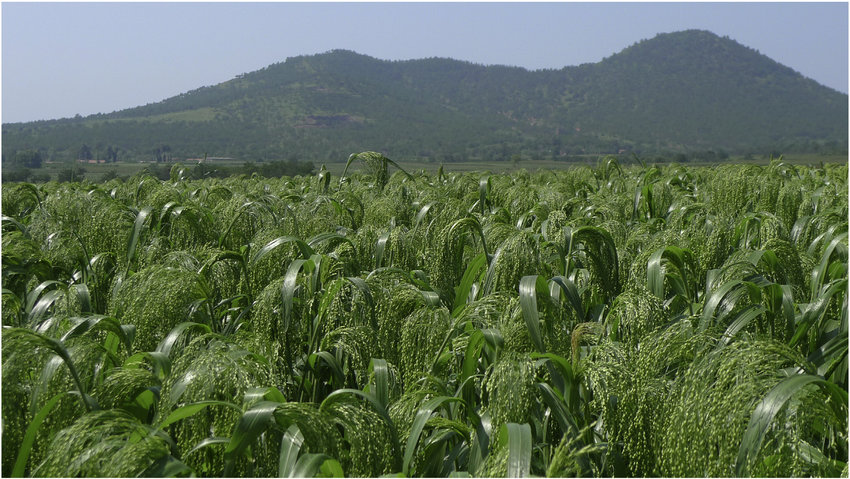A recent study by the prestigious scientific journal Nature tracked the origins of the language family including modern Japanese, Korean, Turkish, and Mongolian. In short, Altaic or “trans-Eurasian” languages. The results demonstrate a shared genetic ancestry for the hundreds of millions of speakers of these languages believed to have originated in millet farmers who lived in a region of northeast China around 9,000 years ago!
There are 98 “Transeurasian” languages. or “Altaic” (from the Altai Mountains in Mongolia) These include Korean and Japanese as well as several Turkish, Mongolian and Tungus languages in Manchuria and Siberia.
The beginnings of the linguistic family are said to have been spoken by the ancient millet farmers of the Liao River Valley.
Millet is a small, round whole grain. It was the first significant harvest “before” cultivated rice (different from older wild rice), when hunter-gatherers became farmers.
The Liao River area includes parts of China’s Liaoning and Jilin provinces, as well as Inner Mongolia. As ancient farmers moved across Northeast Asia, cognate languages spread to Siberia, Korea, and Japan over thousands of years.
Science and national pride
Researchers have highlighted the complex beginnings of modern populations and cultures. Research with social and almost “political” consequences because Martine Robbeets (head of the archaeolinguistic research group at the Max Planck Institute in Germany) declared that people often think in Japan or Korea that their origin comes from a one language, one culture and one people. “But one truth that makes people uncomfortable with nationalist agendas is that all languages, cultures and humans, including those in Asia, are mixed up,” Robbeets said.
She added: “Accepting that the roots of one’s language, culture or people lie beyond current national borders is a kind of renunciation of identity, which some people are not yet ready to make. “
Especially if everything was born in northern China? Of course, there was still no talk of a majority ethnic population like Han 11,000 years ago.
Methods in linguistics and genetics
Let’s move on to this tricky question. But how did these researchers set up their study?
The researchers had to study the vocabulary data of the 98 languages. by identifying words related to agriculture. Then they created a language family tree.
Mark Hudson, co-lead author of the study, said the researchers looked at data from 255 archaeological sites in China, Japan, Korea and eastern Russia. They studied ancient artifacts, including pottery, stone tools, and plant and animal remains. They also included the dating of 269 remains of ancient crops from different regions.
The researchers found that farmers in northeast China ended up growing rice and wheat as well as millet. Cultures spread with agricultural populations in Korea around 1300 BC and from there to Japan after around 1000 BC.
They also performed genetic studies on the ancient remains of 23 people and looked at data on others who lived in North and East Asia 9,500 years ago.
While the earliest speakers of Trans-Eurasian languages cultivated millet in the Liao River valley, the earliest speakers of the Sino-Tibetan linguistic family cultivated ‘foxtail’ millet at around the same time in the Yellow River region. in China.
This has led to different language movements over time, Robbeets suggested.

